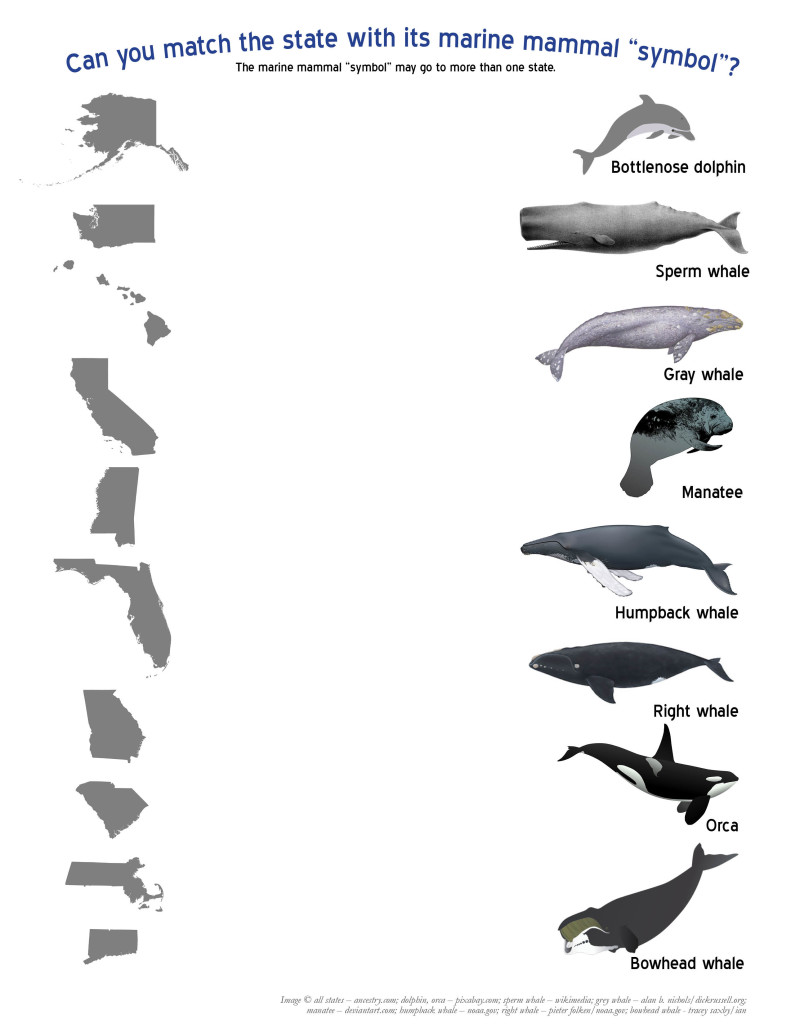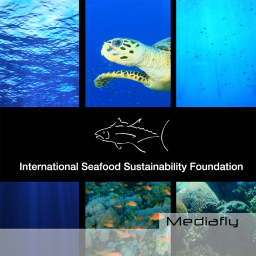I’m joyfully studying for an earth science test this month to teach high school oceanography (one day)! I thought I’d share some fun questions here to test your knowledge. And, here’s an image of features of the ocean floor on the from glogster to help jog your memory!
1. The deepest ocean is the
A. Pacific
B. Atlantic
2. Which feature is formed where oceanic plates are separating?
A. submarine canyon
B. rift
3. Which of the following describes a seamount?
A. underwater mountain range
B. isolated mid-ocean volcano
4. A small area of ocean that is partially surrounded by land is called a(n)
A. sea
B. continental shelf
5. A large flat area on the ocean floor is called a(n)
A. rift valley
B. abyssal plain
Comment your answers below (or Facebook or Tweet ’em!)! All correct answers will be dropped into a raffle at the end of the month for a copy of 10 Beachcombing Adventures: A guide for investigating the Atlantic coast shoreline.
















What people are saying …